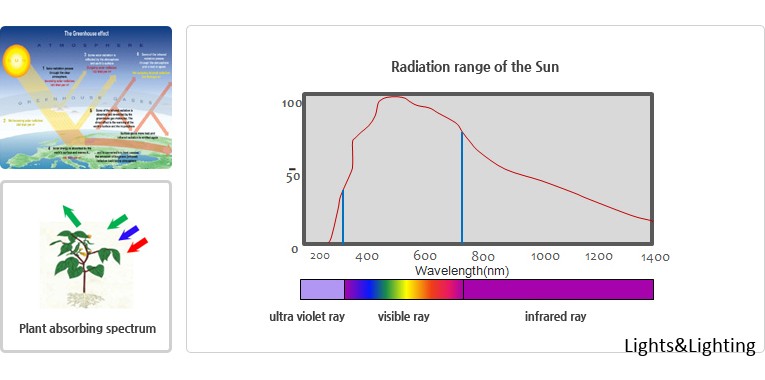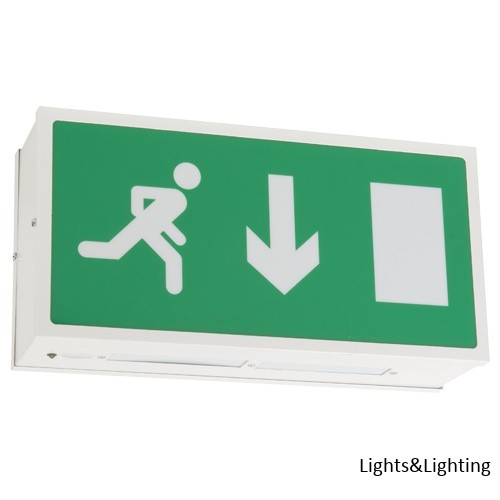Self-luminous EXIT signs containing the radioactive gas tritium are widely used in a variety of facilities across the United States, such as public and private office buildings, theaters, stores, schools and churches – anywhere the public needs a rapid exit path. Those who possess tritium EXIT signs are general licensees of the Nuclear Regulatory Commission or an Agreement State,1 and are subject to certain reporting and handling requirements, including proper disposal of unwanted or unused signs.
Tritium EXIT signs pose little or no threat to public health and safety and do not constitute a security risk. However, the NRC requires proper recordkeeping and disposal of all radioactive materials. Proper handling and recordkeeping are important, because a damaged or broken sign could cause mild radioactive contamination of the immediate vicinity, requiring a potentially expensive clean up.
Use of Tritium in EXIT Signs
More than 2 million tritium EXIT signs are estimated to be in use in the United States. The signs do not require electricity or batteries, and are commonly used in areas where it is difficult to install electric signs (eg., above doors). They serve a safety function by remaining lit during power outages and emergencies.
The tritium gas is contained in sealed glass tubes. The insides of the tubes are lined with a phosphor. Low-energy Beta particles emitted by the tritium bombard the phosphor, causing it to glow. There are a couple ways to determine whether an EXIT sign near you contains tritium. The device should contain a permanent warning label that mentions tritium (H-3), displays the three-bladed radiation warning symbol, and states “Caution-Radioactive Materials.” If the label is not readily observable, try extinguishing all lights in the vicinity. If the word EXIT is green, the sign contains tritium. If all four letters in EXIT are fully lit, the sign is working properly. If not, the sign may be damaged. Tritium emits low-energy beta radiation that cannot penetrate a sheet of paper or clothing. If inhaled, it leaves the body relatively quickly. Tritium gas is odorless, colorless and tasteless, and is lighter than air.
Regulatory Requirements
Manufacturers of tritium EXIT signs are “specific licensees,” meaning they are licensed by the NRC or an Agreement State. The signs are considered “generally licensed devices,” because they are inherently safe enough to be handled or used by anyone with no radiation training or experience. Although purchasers – known as “general licensees” – do not need authorization from the NRC or a state regulatory agency to possess the signs, they are subject to certain regulatory requirements regarding handling, transfer or disposal of the signs.2 They are also subject to NRC or Agreement State inspection and enforcement action (including fines) for violating those requirements. Manufacturers must inform purchasers of the EXIT signs of the regulatory requirements for generally licensed devices. The general licensee is required to designate an individual responsible for complying with the regulatory requirements.
Under NRC regulations, a general licensee using tritium EXIT signs:
• must NOT remove the labeling or radioactive symbol, or abandon a sign;
• must properly dispose of an unused sign (see below);
• must report to the NRC or the appropriate Agreement State any lost, stolen or broken signs;
• must inform the NRC or an Agreement State of a name change, change of address or replacement of a general licensee’s designated representative;
• must NOT give away or sell the sign to another individual, company or institution unless the device is to remain in use at its original intended location; in such a case, the transferor is to notify the recipient of the regulatory requirements and must notify the NRC or Agreement State of the transfer within 30 days.
Tritium EXIT signs must NOT be disposed of as normal trash. To dispose of a sign properly,a general licensee must transfer the sign to a specific licensee. This would typically be a manufacturer, distributor, licensed radioactive waste broker, or a licensed low-level radioactive waste disposal facility. These facilities may charge a fee for this service.
Within 30 days of disposing of a sign, the general licensee is required to file a report to the NRC or Agreement State that includes:
• the device manufacturer’s (or distributor’s) name, model number and serial number;
• the name, address, and license number of the person receiving the device; and
• the date of the transfer.
Reports should be sent to Director, Office of Federal and State Materials and Environmental Management Programs, ATTN: GLTS, U.S. Nuclear Regulatory Commission, Washington, D.C.20555-0001.
January 2009







